Fire suppression systems are like the fundamentals of building safety! These incredible systems are total lifesavers, quite literally. I mean, these systems are like having a guardian angel ready to leap into action at the first sign of danger.
In this blog post, we’re going to take a deep dive into five spots where these amazing systems are absolute must-haves. Trust me, after you read this, you’ll have a newfound appreciation for them! Let’s explore together and discover why having fire suppression systems in place is totally non-negotiable.
1. Residential Buildings
One of the primary places where fire suppression systems are essential is in residential buildings. Whether it’s an apartment complex, a single-family home, or a townhouse, fire suppression systems play a major role in protecting the lives of the inhabitants and the structure itself.
Importance in Residential Buildings
Residential fires can start from various sources, including kitchen accidents, electrical faults, or even heating equipment malfunctions. A fire suppression system can help to:
- Prevent the Spread of Fire: By quickly detecting and extinguishing fires, these systems can prevent a small fire from turning into a massive disaster.
- Early Warning: Many fire suppression systems are integrated with alarm systems, providing early warnings to residents, which is crucial for timely evacuation.
- Protection of Property: These systems can significantly reduce property damage by controlling the fire before it spreads.
Common Systems Used
- Sprinkler Systems: Automatic sprinklers are highly effective in controlling fires in residential settings.
- Smoke Detectors and Fire Alarms: These provide early warnings, allowing residents to evacuate promptly.
- Fire Extinguishers: Easily accessible extinguishers enable residents to tackle small fires before they escalate.
2. Commercial Buildings
Commercial buildings, which include office buildings, shopping centers, and other business premises, are another critical area where fire suppression systems are necessary.
Importance in Commercial Buildings
Commercial buildings often house large numbers of people and contain valuable assets and equipment. The potential for fire in such environments can arise from various sources, including electrical equipment, heating systems, and even cooking appliances in commercial kitchens.
- Employee and Customer Safety: Fire suppression systems ensure the safety of both employees and customers by providing immediate fire control and facilitating safe evacuation.
- Asset Protection: Protecting business assets, including electronics, documents, and merchandise, is crucial for minimizing financial losses.
- Business Continuity: Minimizing fire damage helps ensure that businesses can quickly resume operations, reducing downtime and financial impact.
Common Systems Used
- Automatic Sprinkler Systems: These are highly effective in controlling and extinguishing fires in large commercial spaces.
- Fire Alarms and Detection Systems: These systems provide early warnings, allowing for timely evacuations and fire department notifications.
- Fire Extinguishers: Strategically placed extinguishers enable quick response to small fires.
3. Hospitals
Hospitals and other healthcare facilities are environments where fire suppression systems are absolutely essential. The unique challenges posed by these settings make fire safety a top priority.
Importance in Hospitals
Hospitals contain large amounts of electrical and gas-powered medical equipment, which can be potential ignition sources. Additionally, hospitals house patients who may be immobile or unable to evacuate without assistance.
- Patient Safety: Many patients are unable to evacuate on their own, making it crucial to have systems in place that can control and extinguish fires quickly.
- Protection of Medical Equipment: Hospitals rely on expensive and critical medical equipment that needs to be protected from fire damage.
- Ensuring Continuous Care: Minimizing fire damage is essential to ensure that patient care can continue without significant disruption.
Common Systems Used
- Automatic Fire Suppression Systems: These include sprinklers and gas suppression systems designed to protect sensitive medical equipment.
- Fire Alarms: Integrated alarm systems ensure timely evacuation and prompt fire department response.
- Fire Extinguishers: Readily available extinguishers allow staff to respond to small fires immediately.
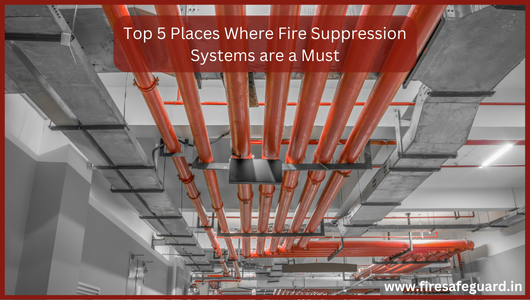
4. Schools
Educational facilities, including schools, colleges, and universities, are another type of building where fire suppression systems are crucial.
Importance in Schools
Schools often have a high concentration of people, including children and young adults, who may not have the same level of awareness about fire safety.
- Safety of Students and Staff: Fire suppression systems help ensure the safety of students and staff by controlling fires and providing early warnings.
- Evacuation Time: These systems provide critical time for orderly evacuations, especially important in large school buildings.
- Protection of Educational Materials: Schools house valuable educational materials, including books, computers, and laboratory equipment, which need protection from fire damage.
Common Systems Used
- Sprinkler Systems: Automatic sprinklers are effective in controlling fires in educational settings.
- Fire Alarms: Early warning systems ensure timely evacuation of students and staff.
- Fire Extinguishers: Located throughout the facility, these enable quick response to small fires.
5. Manufacturing Facilities
Manufacturing facilities, due to the nature of their operations, are particularly vulnerable to fires and require robust fire suppression systems.
Importance in Manufacturing Facilities
These facilities often contain flammable materials, heavy machinery, and various sources of ignition, making them high-risk environments for fires.
- Employee Safety: Ensuring the safety of is paramount, and fire suppression systems play a crucial role in providing that safety.
- Protection of Equipment and Products: Manufacturing facilities house expensive machinery and valuable products that need to be protected from fire damage.
- Operational Continuity: Minimizing fire damage is essential to ensure that manufacturing operations can resume quickly, reducing downtime and financial loss.
Common Systems Used
- Sprinkler Systems: These are effective in controlling fires in large industrial spaces.
- Specialized Suppression Systems: In areas with flammable materials or critical machinery, specialized fire suppression systems (such as gas or foam systems) are used.
- Fire Alarms and Detection Systems: These provide early warnings and facilitate timely evacuations.
Why Fire Suppression Systems are Critical?
Fires can spread rapidly, causing extensive damage and posing significant risks to life and property. Having a fire suppression system in place provides several critical benefits:
- Prevention of Fire Spread: Fire suppression systems control and extinguish fires before they can spread, reducing potential damage.
- Time for Evacuation: Early detection and suppression give people the time they need to evacuate safely.
- Protection of Property: These systems help protect buildings, equipment, and valuable materials from fire damage.
- Ensuring Safety: The primary goal of fire suppression systems is to ensure the safety of occupants and minimize the risk of injury or life loss.
Popular Fire Suppression Systems
There are several different types of fire suppression systems, each providing a unique level of protection:
- Sprinkler Systems: Effective in controlling fires by discharging water when heat is detected.
- Fire Alarms: Provide early warnings, allowing occupants to evacuate and emergency services to respond quickly.
- Fire Extinguishers: Portable devices that enable individuals to tackle small fires before they spread.
- Gas Suppression Systems: Use inert gases or chemical agents to extinguish fires, which are ideal for protecting sensitive equipment.
Maintenance and Preparedness
Having a fire suppression system is not enough; it must be properly maintained and regularly tested to ensure it is in good working order. Additionally, having a clear plan for responding to a fire, including evacuation procedures and training on how to use the fire suppression system, is essential.
Regular Maintenance
- Inspection and Testing: Regularly inspect and test the fire suppression system to ensure all components are functioning correctly.
- System Upgrades: Keep the system updated with the latest technology and compliance standards.
Preparedness Plans
- Evacuation Procedures: Develop and practice evacuation plans to ensure public safety.
- Training: Provide training for occupants on how to use fire extinguishers and respond to fire alarms.
Conclusion
Fire suppression systems are a must in several key places, including residential buildings, commercial buildings, hospitals, schools, and manufacturing facilities. Additionally, specialized areas like data centers also require these systems. The importance of fire suppression systems is in their ability to prevent fire spread on a large scale, provide early warnings, and protect both life and property.
Regular maintenance and preparedness plans are crucial to ensure these systems function effectively when needed. Investing in a robust fire suppression system is an essential step in safeguarding people, property, and critical assets from fire.
Read More Articles:
Protein Foam 101: How It Works to Fight Fires
AFFF Fire Suppression: Applications & Benefits for Enhanced Safety
Foam Concentrates vs Traditional Fire Extinguishers: Which is More Effective?
Related Articles

Protein Foam: Your Guide to Effective Fire Suppression
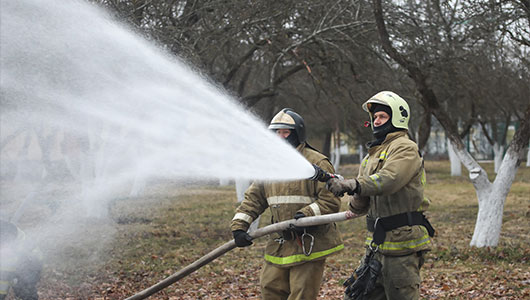
AR-AFFF Foam: Find the Right Formula for Your Needs

AFFF Foam: Your Essential Guide to Fire Safety

Why ECOFOAM is the Future of Environmentally Friendly Firefighting

Foam Concentrates: Sustainable Solutions for Environmentally Conscious Fire Protection

The Right Foam for Every Fire: Synthetic Concentrates for Varied Hazards & Environments

Expansion Foam Concentrate: The Ultimate Solution for Controlling Flammable Liquid Fires
Stop Fire in Its Tracks: Protein Foam's Versatility Across Hazards & Environments

Fluorine-Free Foam (ECOFOAM): Next-Generation Fire Suppression Solutions for Modern Challenges
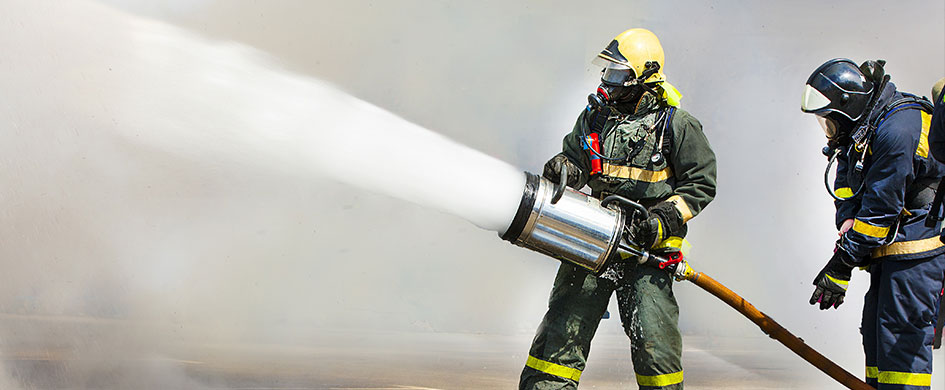
Future of Firefighting is Here: Top Trends in Foam Concentrate Technology Explained

Synthetic Foam Concentrates: The Science Behind Superior Fire Control

Expansion Foam Concentrate: The Game Changer for Fighting Large Fires
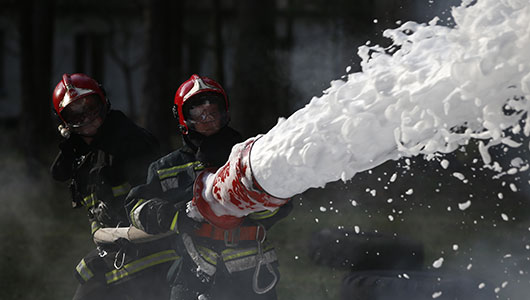
Protein Foam 101: How It Works to Fight Fires
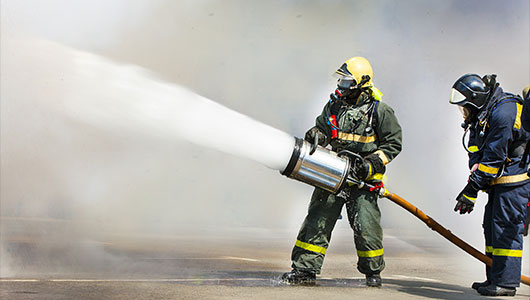
Advantages of Advanced AR-AFFF Foam Technology - Fire Protection Ultimate Guide 2024

AFFF Fire Suppression: Applications & Benefits for Enhanced Safety
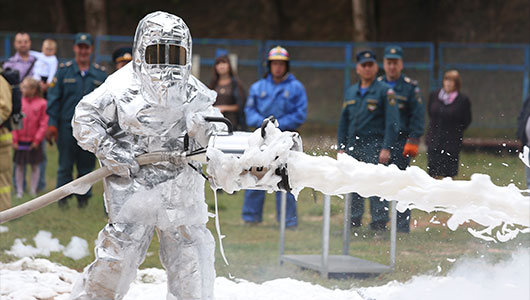
Foam Concentrates vs Traditional Fire Extinguishers: Which is More Effective?

Fight Fires Eco-Friendly: Rise & Future of Fluorine-Free Foam (ECOFOAM)

Synthetic Foam Concentrates: Advancing Fire Suppression with Cutting-Edge Technology

Expand Your Fire Safety Arsenal: Exploring the Versatility of Expansion Foam Concentrate
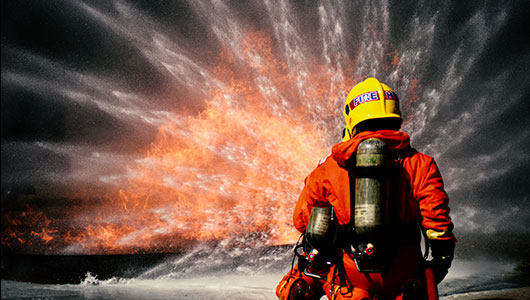
Protein Foam Concentrates: Harnessing Nature's Power for Effective Fire Suppression | Guide 2024
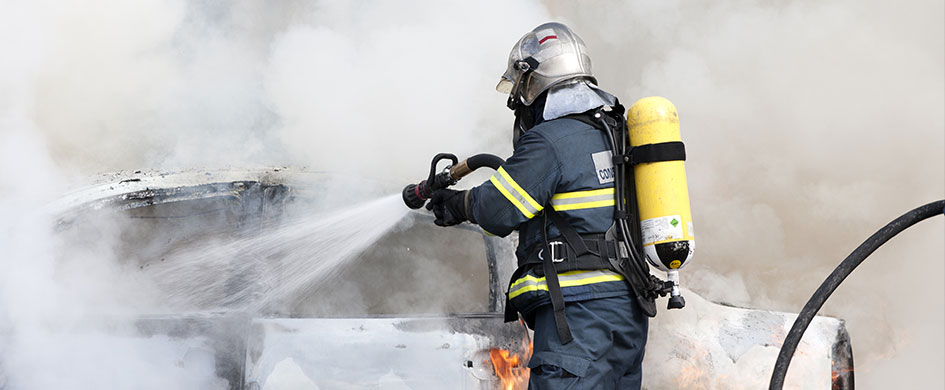
Advanced AR-AFFF Foam: The Cutting-Edge Solution for Superior Fire Suppression Performance
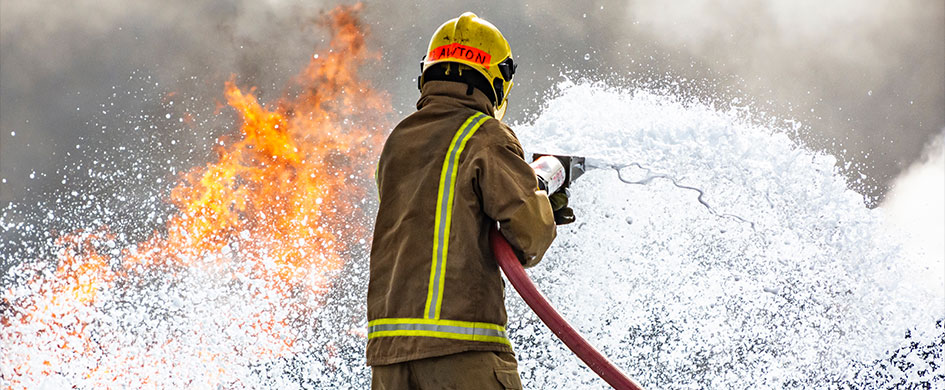
Understanding AFFF Role in Rapid Fire Suppression

The Rise of Eco-Friendly Fire Suppression: Exploring Fluorine Free Foam (ECOFOAM) Solutions

Foam Concentrates: The Ultimate Guide(2024) to Effective Fire Suppression
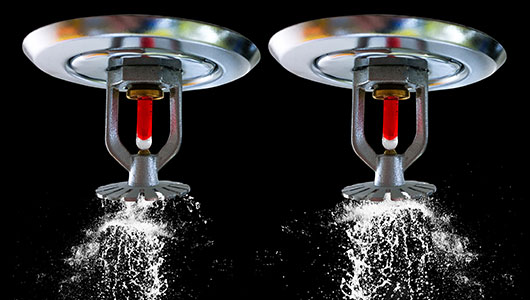
Choosing the Right Fire Sprinkler System for Your Commercial Property
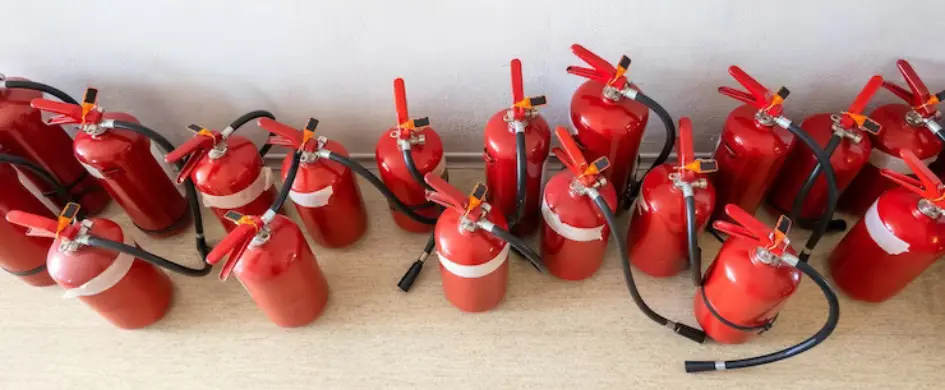
Emergency Evacuation Planning: Steps to Ensure Workplace Safety

The Ultimate Guide to Fire Extinguishers: Types, Uses, and Maintenance
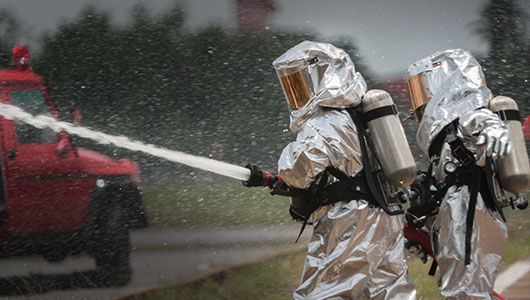
The Role of Personal Protective Equipment (PPE) in Firefighting
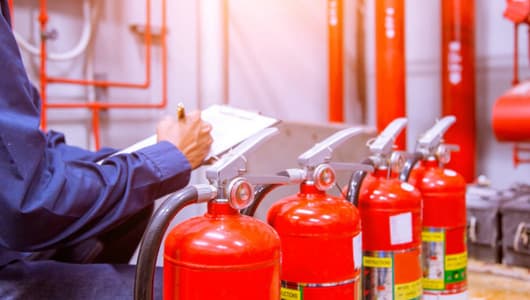
Keeping Your Business Safe: A Comprehensive Guide to Fire Risk Assessments
Protecting Your Electrical Equipment: The Importance of a Fire Suppression System for Electrical Panels
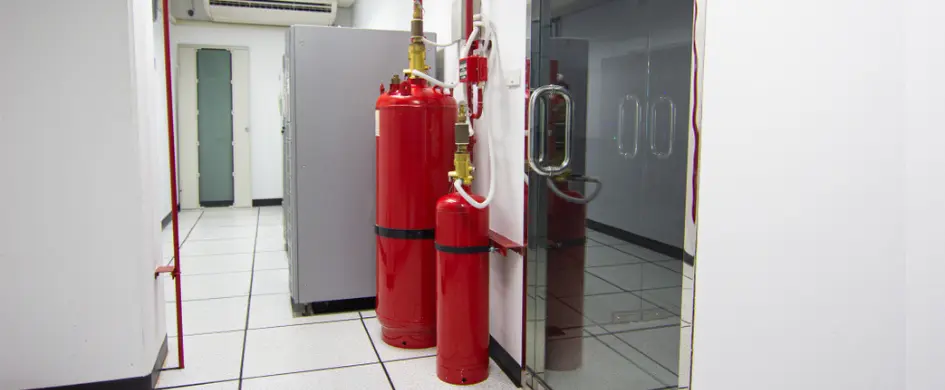
Protect Your Data Center with a Reliable Fire Suppression System

How to choose a water mist fire extinguisher
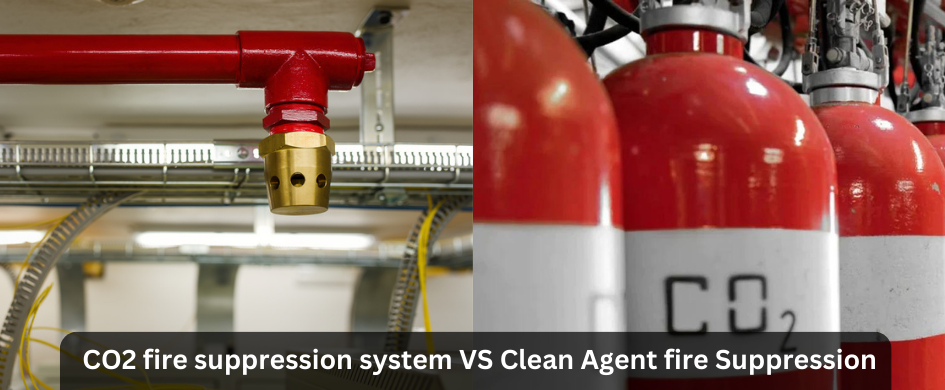
CO2 Fire Suppression System vs Clean Agent fire Suppression
Ensuring Safety in the Factory: Choosing the Right Fire Fighting Equipment

How to Choose the Right Fire Safety Equipment for Factories
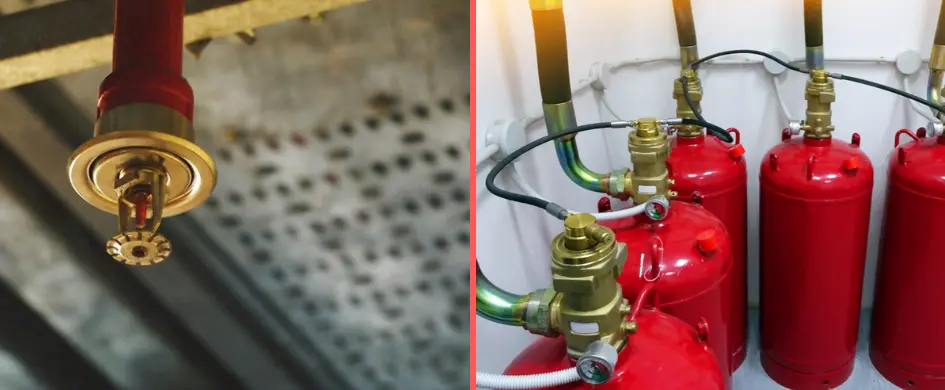
Difference Between Fire Suppression System and Fire Sprinkler
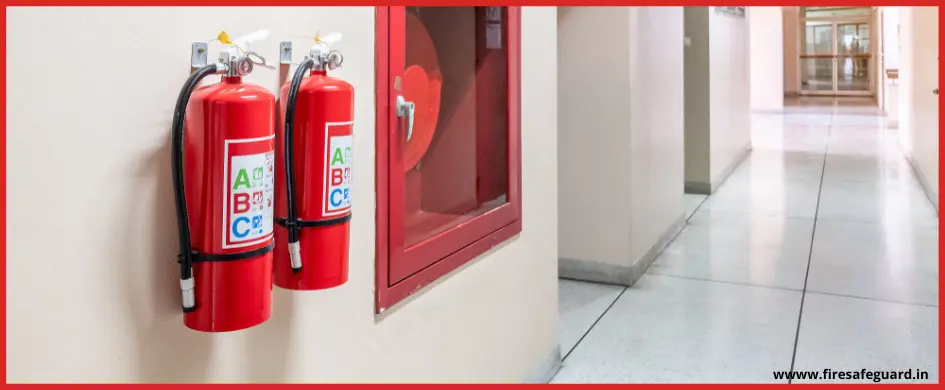
Ultimate Fire Extinguisher Buying Guide for Business owners
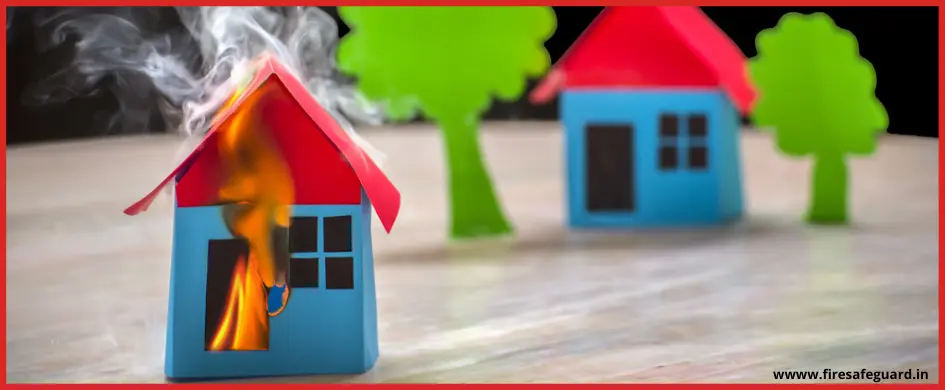
Known and Unknown Facts about Fire Everyone Should Know
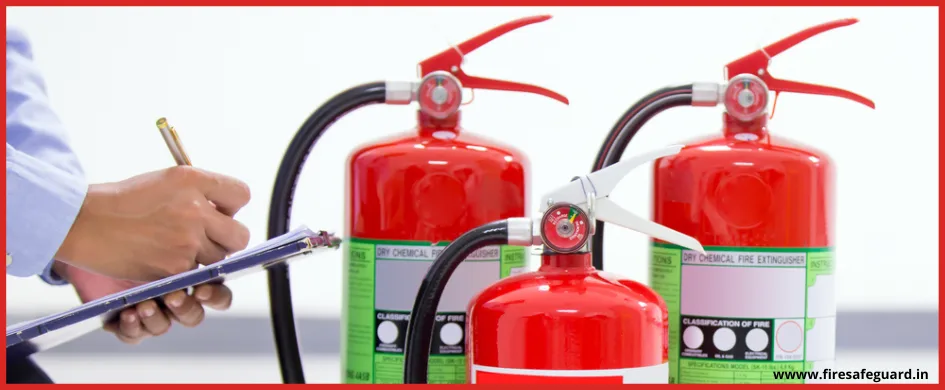
Everything you need to know about Water Type Extinguisher

What is a Clean Agent Fire Extinguisher ? Detailed Guide 2024
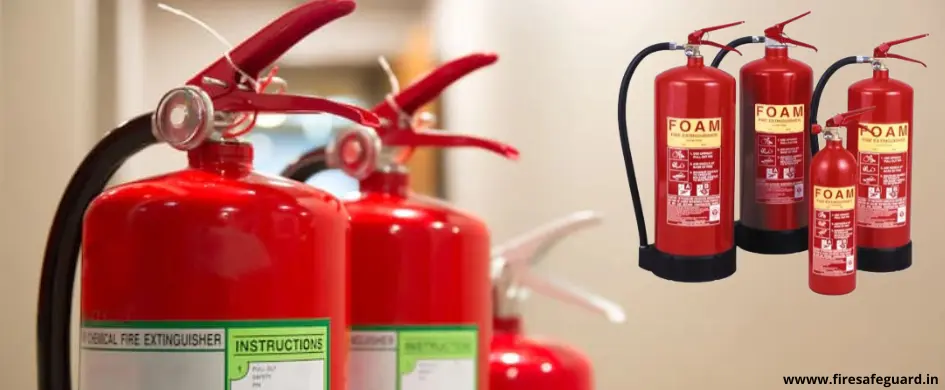
Everything You Need to Know About Foam-Type Fire Extinguishers
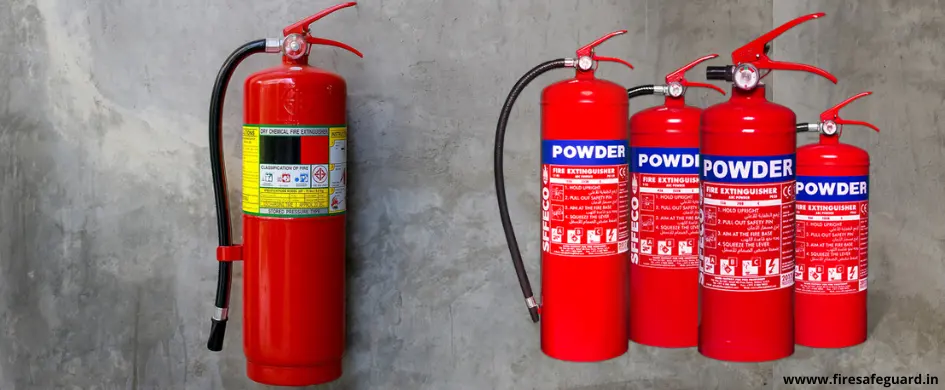
Everything You Need to Know about Dry Chemical Fire Extinguishers - Detailed Guide 2024

Top Fire Extinguisher Manufacturers in India


